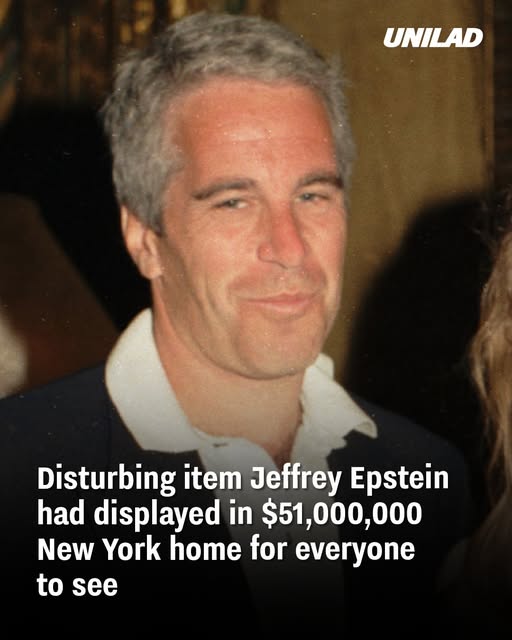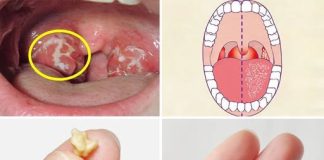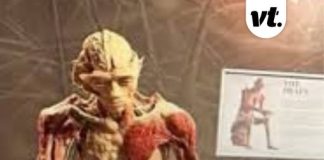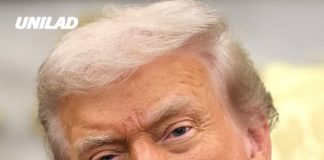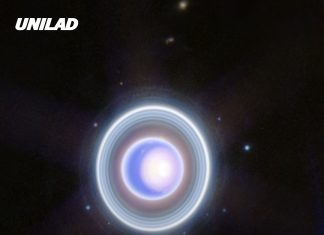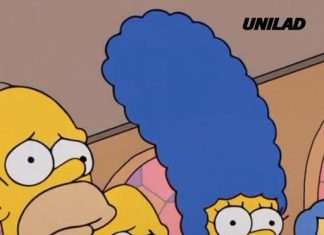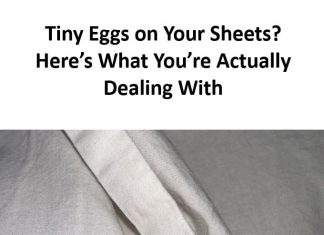Jeffrey Epstein’s opulent New York townhouse sold recently for around $51 million is revealing unsettling truth about his secret life. Listed for $88 million, the seven‑story Upper East Side residence was the site of both grand entertaining and disturbing symbolism.
The Chilling Display: “Lolita” First Edition
One of the most striking items found in the house is a first edition copy of Vladimir Nabokov’s Lolita, the controversial 1955 novel narrated by a predator obsessed with a 12‑year‑old girl. Epstein’s display of the book seems disturbingly symbolic, especially considering the tragic nature of his crimes and his history of child sexual abuse. Despite its literary reputation, Lolita is a story of grooming and rape—something Epstein’s ownership of a rare edition seems almost to flaunt.
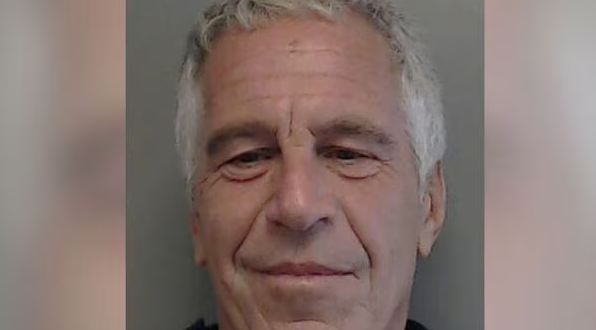
Unsettling Art and Surveillance in the Mansion
Photos of the interior published by The New York Times captured more than just luxury. They showed bizarre artistic elements including a sculpture of a woman in a bridal gown hanging from a rope and dozens of framed fake eyeballs, placed in entryways and hallways. Rooms that should have conveyed comfort instead suggested obsession and voyeurism. In addition, investigators observed surveillance cameras installed throughout the property—even in multiple bedrooms—suggesting Epstein monitored activities in intimate spaces, perhaps to exploit or blackmail guests.
A Signed $1 Bill with a Cryptic Message
Among the most curious artifacts was a framed $1 bill reportedly signed by Bill Gates, inscribed with the self‑deprecating message, “I was wrong!” Whether meant as a joke, a message of remorse, or symbolic commentary on power, the display adds another layer of unsettling intrigue to Epstein’s curated environment.
Walls Adorned with High‑Profile Figures
The home was also lined with framed photographs of elite and influential individuals. Included are images of Saudi Crown Prince Mohammed bin Salman, former President Bill Clinton, future President Donald Trump, Elon Musk, Richard Branson, and even Pope John Paul II. These portray Epstein’s deep connections to people at the pinnacle of global power and add context to accusations of widespread complicity or silence.
Context: A Trophy House of Secrets
Epstein occupied this 21,000‑square‑foot residence starting in the mid‑1990s. Its sale this week—confirmed by an attorney for the estate’s co‑executors—marks the end of an era for a place long considered a “house of horrors.” Despite its plush decor, the home’s contents offer an eerie window into Epstein’s psychology, social sphere, and criminal operations. Previously released images from the same property had already revealed grotesque massage rooms, creepy taxidermy animals, and a bizarre painting of Bill Clinton in a blue dress, each contributing to the disturbing portrait of power, exploitation, and theatrical morbidity.

Summary
Epstein’s former Manhattan townhouse now serves as a haunting artifact collection: art installations and books that seem to echo his criminal obsessions, surveillance infrastructure that hints at exploitation, and images of prominent figures suggesting elite connections. The presence of a signed novelty $1 bill only deepens the mystery. While the property has changed hands, its revelations continue to underscore the broader scandal surrounding Epstein’s network and the disturbing symbolism he chose to live among.

